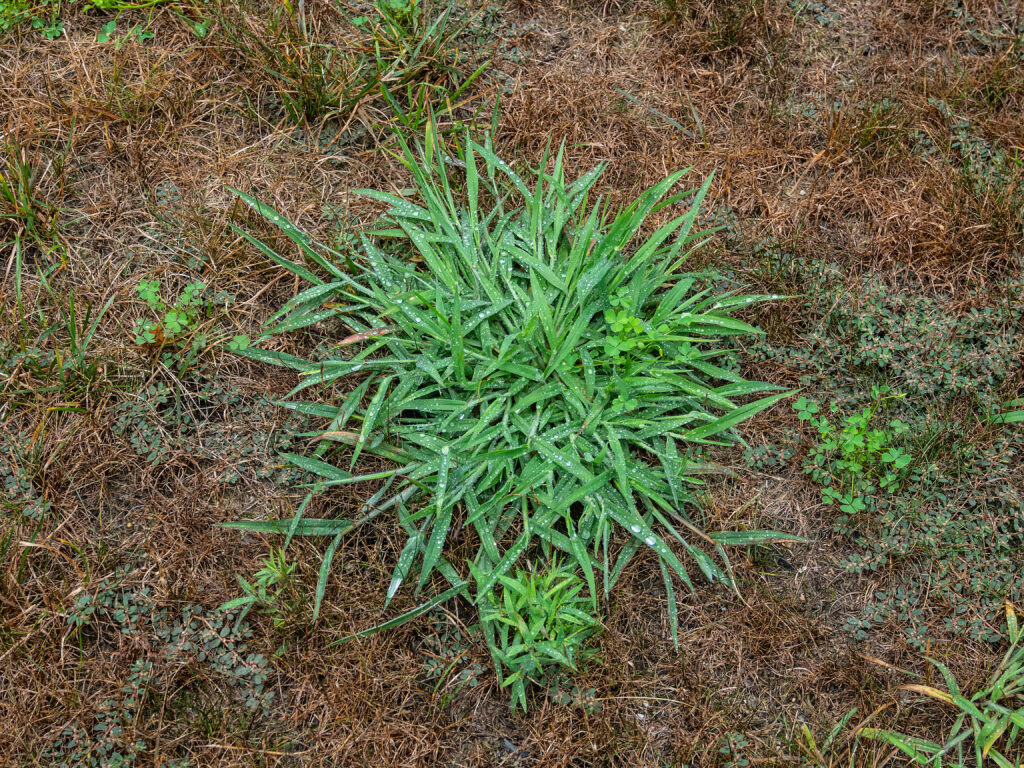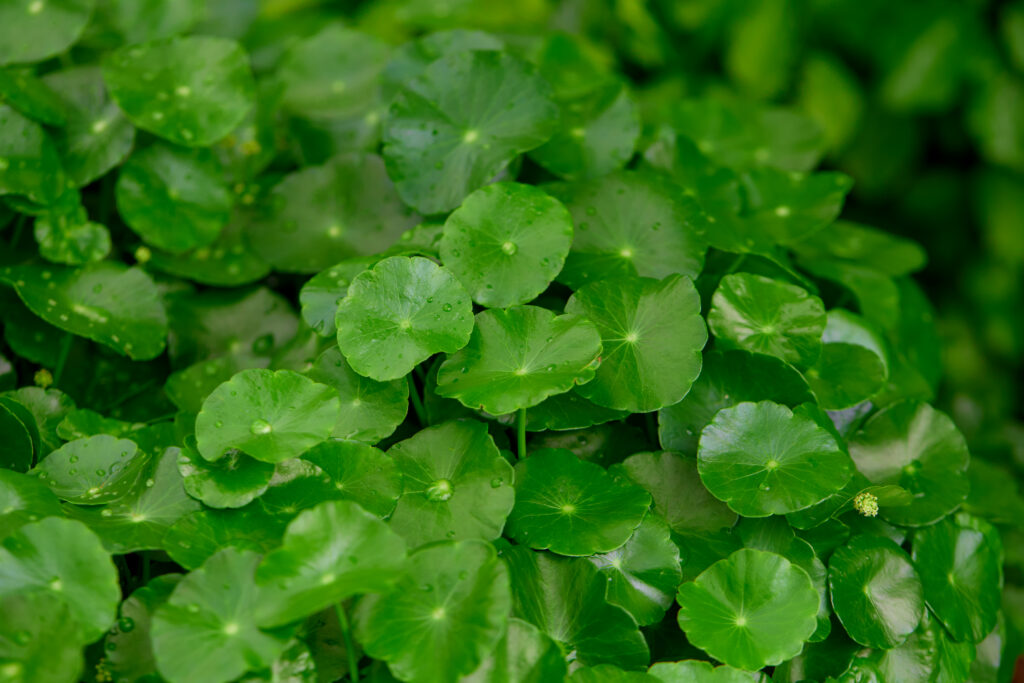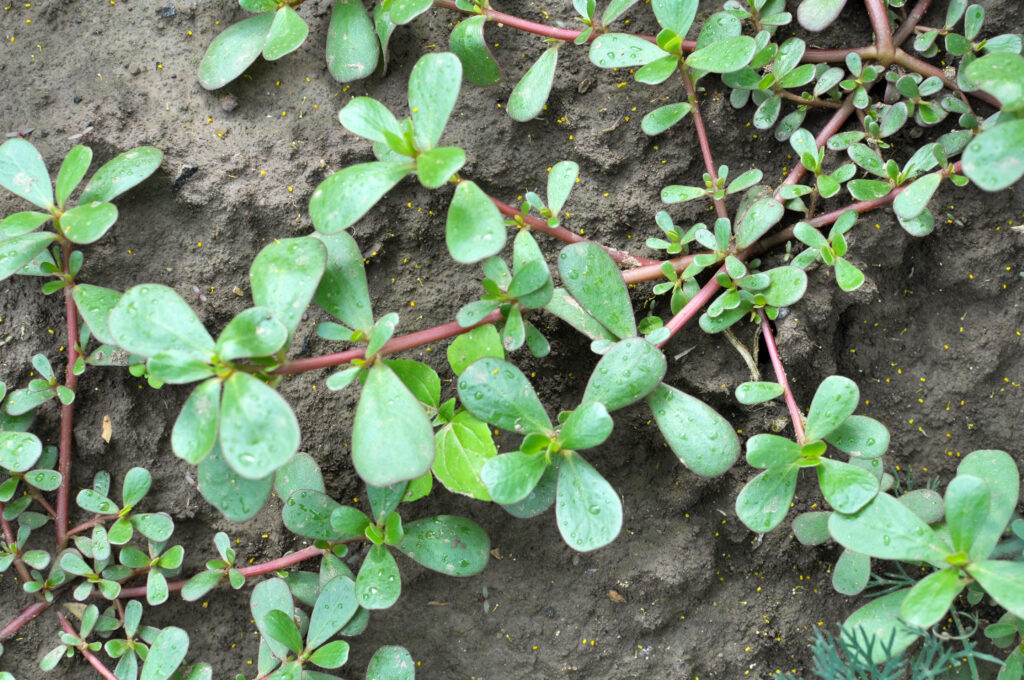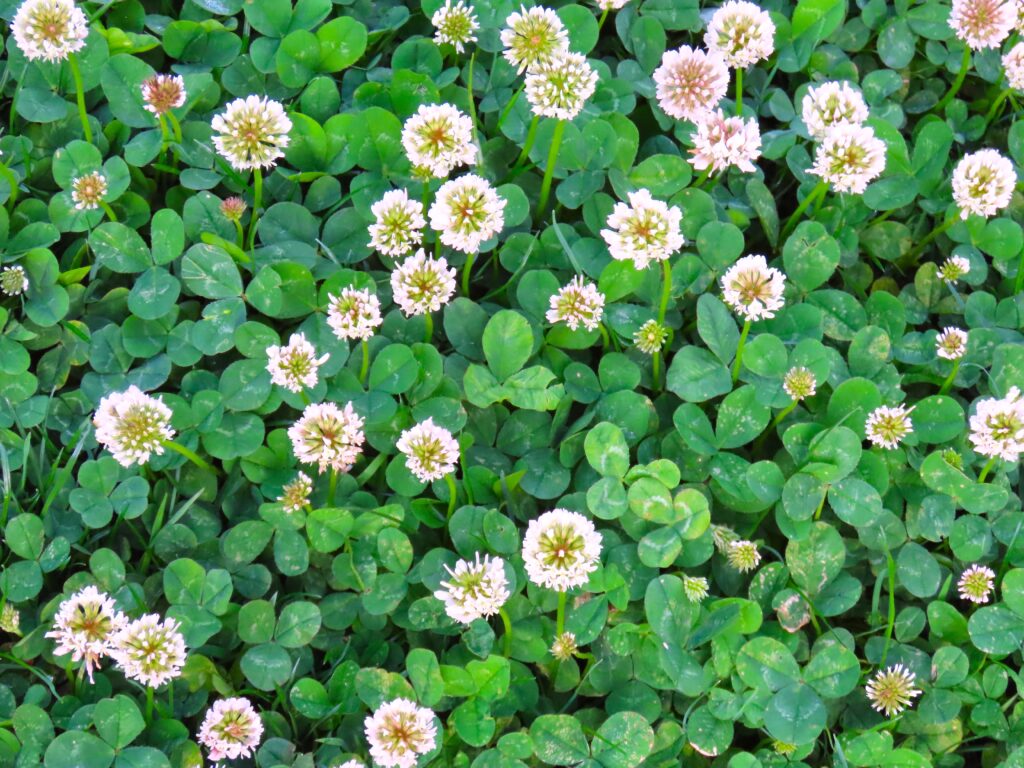Weeds giving your lawn an unwanted makeover? You’re not alone—South Florida’s warm climate and abundant rainfall mean weeds are always ready to move in. But don’t stress! This detailed guide will help you recognize common weeds in your South Florida lawn, clearly explain how to remove them, and offer actionable tips to prevent future invasions. Let’s jump in!
Crabgrass

What Crabgrass Looks Like: Crabgrass grows low to the ground with tough, pale-green blades that branch out like crab legs. It often appears in thin, heat-stressed lawns during the scorching summer months.
How to Control Crabgrass:
- Prevention: Apply a pre-emergent herbicide between February and March to prevent crabgrass seeds from sprouting.
- Removal: Treat with post-emergent herbicides formulated specifically for crabgrass when weeds are young and actively growing.
- Pro Tips: Maintain a thick, healthy lawn by regular fertilizing and mowing at a recommended height (typically 3–4 inches) to discourage crabgrass from gaining a foothold.
Dollarweed

What Dollarweed Looks Like: Dollarweed features round, shiny leaves that resemble small lily pads. It thrives in overly moist soil and can rapidly spread across your yard.
How to Control Dollarweed:
- Prevention: Fix drainage problems and avoid overwatering your lawn.
- Removal: Use a selective broadleaf herbicide labeled for dollarweed control. Repeat applications may be necessary.
- Pro Tips: Water your lawn deeply but less frequently—encouraging deeper grass roots and discouraging dollarweed.
Spurge

What Spurge Looks Like: Spurge grows flat and spreads quickly, with tiny oval leaves and reddish stems that leak a milky sap when broken.
How to Control Spurge:
- Prevention: Apply pre-emergent herbicides in early spring to stop seeds from germinating.
- Removal: Spot-treat spurge using broadleaf herbicides. Treat young weeds for best results.
- Pro Tips: Wear gloves when hand-pulling spurge to protect your skin from its irritating sap.
Dayflower

What Dayflower Looks Like: Dayflower weeds are recognizable by their small blue flowers and lance-shaped, vibrant green leaves. They prefer shaded, damp areas.
How to Control Dayflower:
- Prevention: Trim overhanging branches or shrubs to increase sunlight exposure and reduce moisture.
- Removal: Apply selective herbicides labeled for dayflower. Ensure thorough coverage for effective control.
- Pro Tips: Hand-pulling smaller infestations early prevents widespread growth.
White Clover

What White Clover Looks Like: White clover has small white or pale pink flowers and leaves split into three leaflets. It often invades nutrient-deficient lawns.
How to Control White Clover:
- Prevention: Regularly fertilize your lawn to maintain optimal nutrient levels.
- Removal: Use broadleaf herbicides to target established clover patches.
- Pro Tips: Regular mowing and keeping grass at recommended heights helps reduce clover establishment.
Additional Tips for Preventing South Florida Weeds
Soil Testing & Amendments: Periodically test your soil to ensure proper pH and nutrient levels, adjusting as necessary to maintain ideal conditions for grass, not weeds.
Regular Lawn Maintenance: Keep grass thick and healthy through proper mowing, watering, fertilization, and aeration.
Mulching & Landscaping: Mulch around flower beds and landscaping areas to suppress weed growth.
Routine Inspection: Regularly inspect your lawn for early weed identification and prompt action.
